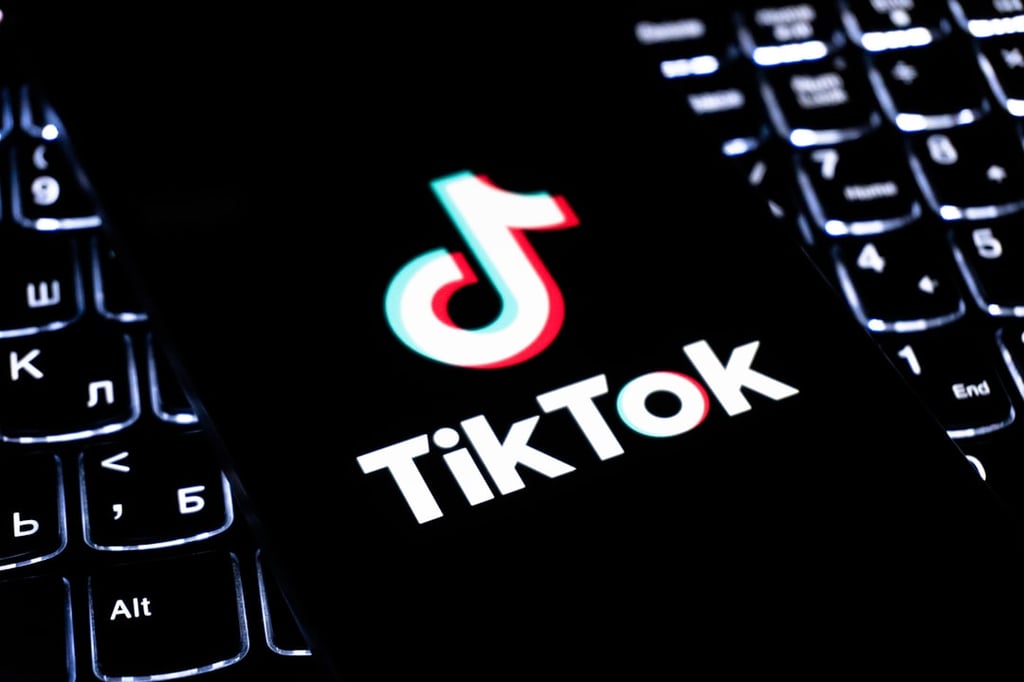Kronos, a workforce management software company, and Harris Poll have welcome news for wearable device vendors, but with some major caveats. The companies’ new Wearables at Work study revealed that a majority of workers, 73 percent, believe that wearables can benefit the workplace in some way, like improved efficiency or increased safety. Harris Poll gleaned […]
Datamation content and product recommendations are
editorially independent. We may make money when you click on links
to our partners.
Learn More
Kronos, a workforce management software company, and Harris Poll have welcome news for wearable device vendors, but with some major caveats.
The companies’ new Wearables at Work study revealed that a majority of workers, 73 percent, believe that wearables can benefit the workplace in some way, like improved efficiency or increased safety. Harris Poll gleaned these insights by surveying over 9,000 adults in the U.S., Australia, China, France,
Mexico (96 percent) is particularly bullish about wearables and the benefits they bring to the workplace. China is close behind at 94 percent, followed by India (91 percent), Germany (72 percent), Australia (69 percent), France (69 percent), Great Britain (66 percent) and finally the U.S. with 48 percent.
Regional differences indicate that a one-size-fits-all approach to wearables won’t cut it in the global marketplace.
“This survey shows a marked difference in how wearable devices are used and perceived around the world, and people who use new wearable technologies in their personal lives tend to see more potential benefits in the workplace,” said Joyce Maroney, director of The Workforce Institute at Kronos, a workplace resource hub, and publisher of the report, in a statement.
In the U.S., personal use of wearable technology (13 percent), lags well behind China (73 percent), India (72 percent) and Mexico (70 percent). The study’s other findings suggest that attitudes at home are shaping the acceptance of wearables at work.
The tepid view of smart watches shared among U.S. workers signals that Google Wear timepieces and Apple Watch may struggle to make headway in American businesses, at least in the near term. When asked about the utility of smartwatches in their current positions, only 20 percent of American workers said the devices would prove helpful, versus 56 percent in China and 49 percent in India.
However, those figures are likely to change as more students graduate and enter the workforce. Seventy-two percent of U.S. students recognize at least one potential workplace benefit for wearables, compared to 48 percent of all U.S. adults, said the report.
“The more comfortable we become with wearables, the more apt we are to leverage these technologies in the workplace,” added Maroney.
Privacy and data security rated as the top potential concern for 44 percent and 35 percent of U.S. workers, respectively. Thirty-one percent expressed no concerns about wearables at work.
Pedro Hernandez is a contributing editor at Datamation. Follow him on Twitter @ecoINSITE.
Photo courtesy of Shutterstock.
-
Huawei’s AI Update: Things Are Moving Faster Than We Think
FEATURE | By Rob Enderle,
December 04, 2020
-
Keeping Machine Learning Algorithms Honest in the ‘Ethics-First’ Era
ARTIFICIAL INTELLIGENCE | By Guest Author,
November 18, 2020
-
Key Trends in Chatbots and RPA
FEATURE | By Guest Author,
November 10, 2020
-
Top 10 AIOps Companies
FEATURE | By Samuel Greengard,
November 05, 2020
-
What is Text Analysis?
ARTIFICIAL INTELLIGENCE | By Guest Author,
November 02, 2020
-
How Intel’s Work With Autonomous Cars Could Redefine General Purpose AI
ARTIFICIAL INTELLIGENCE | By Rob Enderle,
October 29, 2020
-
Dell Technologies World: Weaving Together Human And Machine Interaction For AI And Robotics
ARTIFICIAL INTELLIGENCE | By Rob Enderle,
October 23, 2020
-
The Super Moderator, or How IBM Project Debater Could Save Social Media
FEATURE | By Rob Enderle,
October 16, 2020
-
Top 10 Chatbot Platforms
FEATURE | By Cynthia Harvey,
October 07, 2020
-
Finding a Career Path in AI
ARTIFICIAL INTELLIGENCE | By Guest Author,
October 05, 2020
-
CIOs Discuss the Promise of AI and Data Science
FEATURE | By Guest Author,
September 25, 2020
-
Microsoft Is Building An AI Product That Could Predict The Future
FEATURE | By Rob Enderle,
September 25, 2020
-
Top 10 Machine Learning Companies 2020
FEATURE | By Cynthia Harvey,
September 22, 2020
-
NVIDIA and ARM: Massively Changing The AI Landscape
ARTIFICIAL INTELLIGENCE | By Rob Enderle,
September 18, 2020
-
Continuous Intelligence: Expert Discussion [Video and Podcast]
ARTIFICIAL INTELLIGENCE | By James Maguire,
September 14, 2020
-
Artificial Intelligence: Governance and Ethics [Video]
ARTIFICIAL INTELLIGENCE | By James Maguire,
September 13, 2020
-
IBM Watson At The US Open: Showcasing The Power Of A Mature Enterprise-Class AI
FEATURE | By Rob Enderle,
September 11, 2020
-
Artificial Intelligence: Perception vs. Reality
FEATURE | By James Maguire,
September 09, 2020
-
Anticipating The Coming Wave Of AI Enhanced PCs
FEATURE | By Rob Enderle,
September 05, 2020
-
The Critical Nature Of IBM’s NLP (Natural Language Processing) Effort
ARTIFICIAL INTELLIGENCE | By Rob Enderle,
August 14, 2020
SEE ALL
ARTICLES









